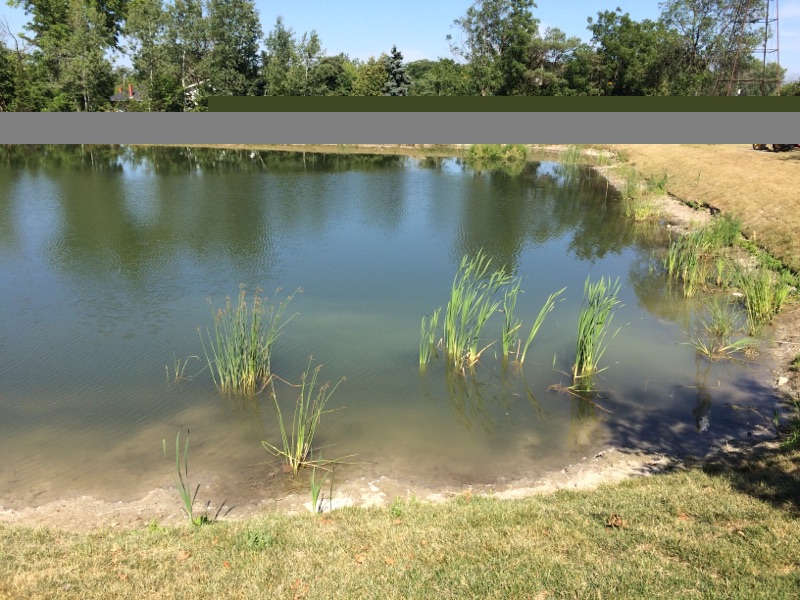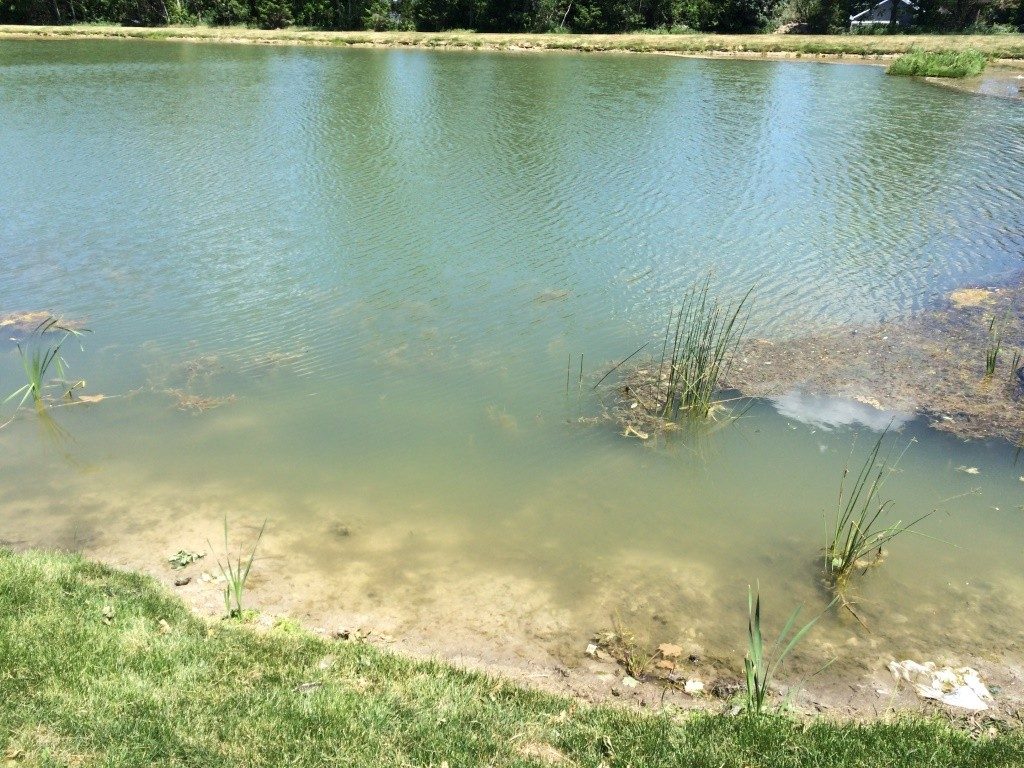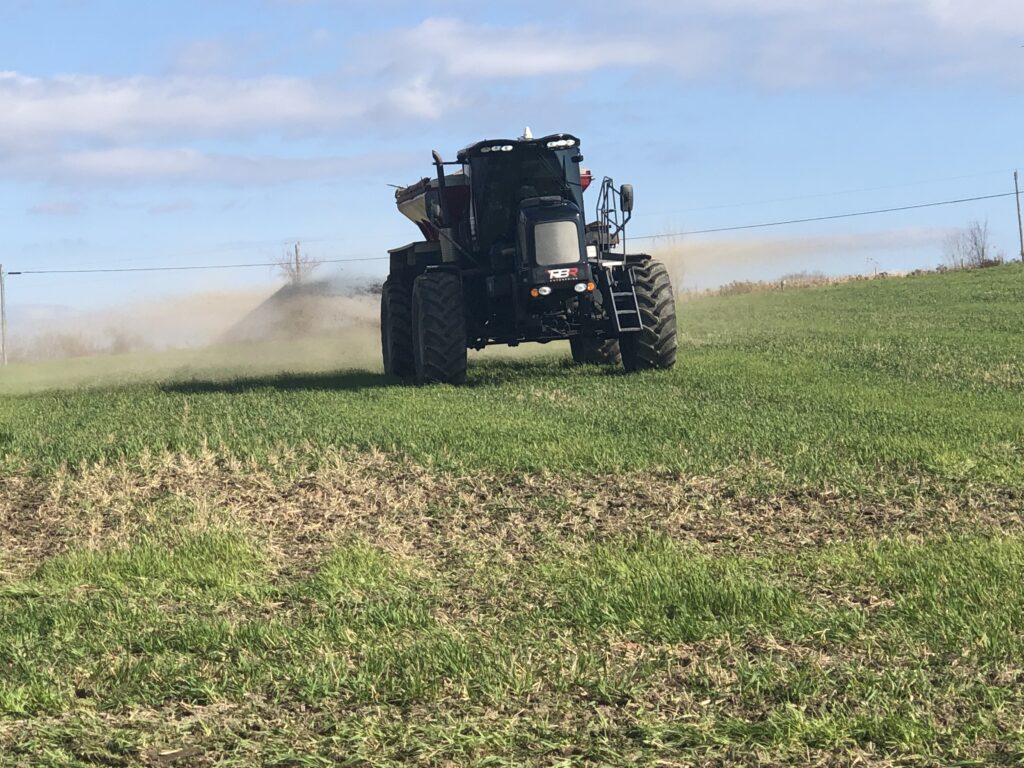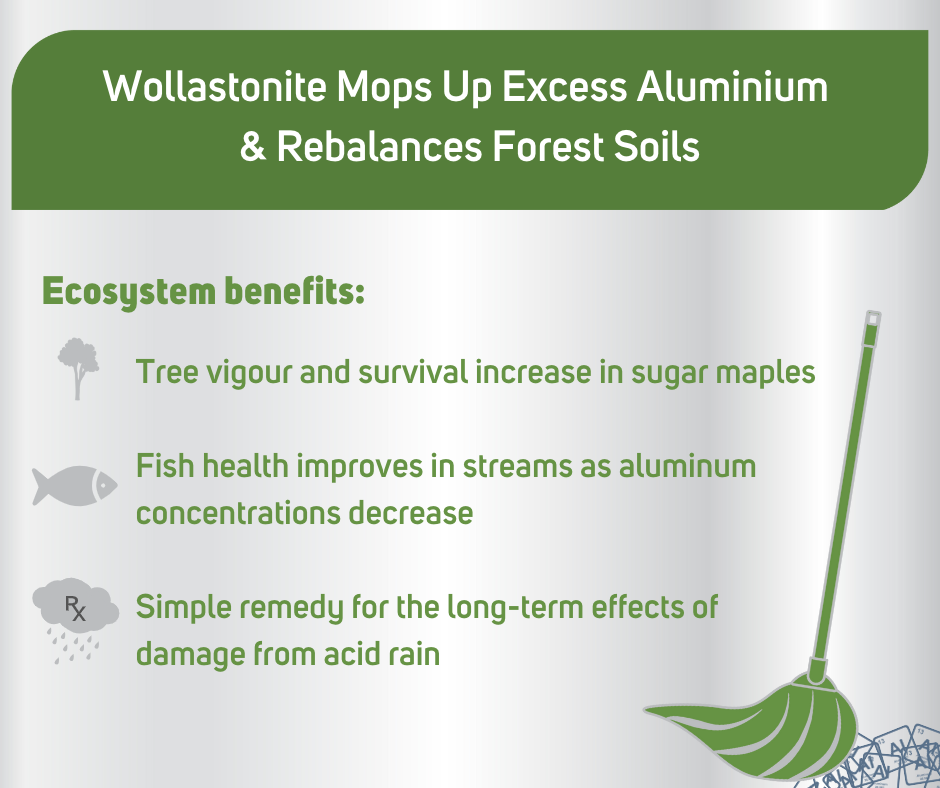Wollastonite at work in a Tropical No-Till System
Surface application of limestone and calcium-magnesium silicate in a tropical no-tillage system Research paper summary Although lime is currently the most commonly applied material for soil acidity correction in Brazil, calcium- magnesium silicate application may efficiently replace this source due to its higher solubility and silicon supply, which is beneficial for plant development. This study […]





